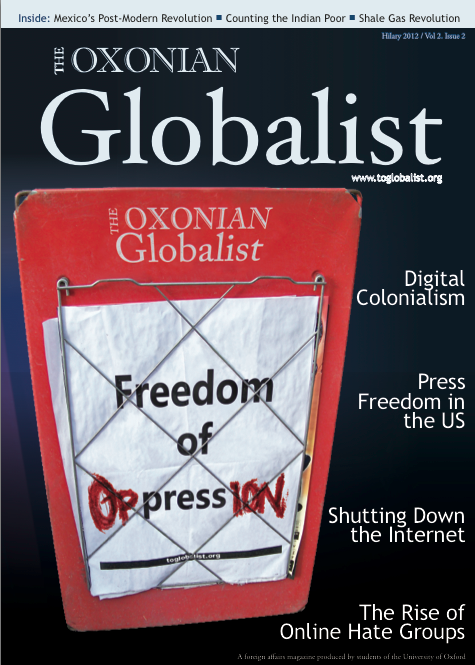ON 26th June 2000, the Human Genome Project made a statement at the White House. They announced that they had finally completed a comprehensive draft sequence of the 3.4 billion DNA “letters” that make up the human genome. President Clinton described the achievement as “without a doubt, the most wondrous map ever produced by humankind.” However, since that discovery over a decade ago, this genetic map has proven rather difficult to interpret.
Approximately only 1% of the human genome is protein coding, the type of sequence once thought to be the only DNA of functional importance. Given that humans are over 99.5% genetically identical, some have argued that only the 0.5% of DNA that varies between humans needs to be examined to find hereditary disease-associated genetic variants – the purported benefit of the Human Genome Project. On further consideration, that view is prematurely dismissive. Examining the rest of the human genome has the potential to contribute tangible benefits to mankind – most notably the hope for a cure to infectious diseases like HIV.
Around half of the genome consists of repetitive DNA sequences, a small proportion of which have been shown to affect human health. The rest of the genome includes functional non-coding genes, DNA that interacts with the important protein coding genetic material, and many uncharacterised sequences. Recent quantitative estimates of the proportion of the genome that is functional vary well over two-fold from around 5-12%.
Undoubtedly, much progress has been made in identifying DNA associated with diseases. Scientists now know the genetic basis of over 2,800 simple hereditary diseases, and can identify over a thousand genetic variants contributing to over 150 complex diseases. Such diagnostics have significant benefits for human health. For example, those at high risk for colon cancer can now be identified for early monitoring, which in turn allows potentially cancerous polyps to be treated before the disease spreads. Therefore, those promoting genomics talk excitedly about the potential medical benefits of genomics and the progress that disease genomics has made. Craig Venter, one of the head scientists for the project, stated during the same White House announcement that “as a consequence of genome sequencing efforts…there’s at least the potential to reduce the number of cancer deaths [occurring in the United States] to zero in our lifetimes.”
But limiting research to cancer in the United States does not capture the potential that DNA beyond the 0.5% of the human genome holds. Genomics can be used to investigate important issues traditionally addressed only by other disciplines. For example, conservation genomics can help protect biodiversity, which must be maintained in order to provide vital products such as certain food crops, as well as to regulate natural processes like nutrient cycles. Genomics also holds promise for international killers like HIV. Pharmacogenomics, which uses a patient’s unique DNA to develop individualized medication, could be part of the solution. However, for infectious diseases to be more completely understood, the genetic material of the diseases themselves must also be studied – and that will require knowledge of DNA far beyond the strands that code for human variation. Yet infectious disease work is relatively underfunded, partially the consequence of the Western-centric research councils who issue grants.
The advances already achieved in genomic cancer research make it clear that genomic maps are worth the effort. With a wealth of sequencing data readily available, funding should be prioritized towards sequence analysis rather than generating more sequence. Rapidly improving computing technology is facilitating this process to progress much faster, as computational biologists build their automated “satellite navigation systems” to help guide experimental biologists – and further down the line clinical researchers – through genome maps.




